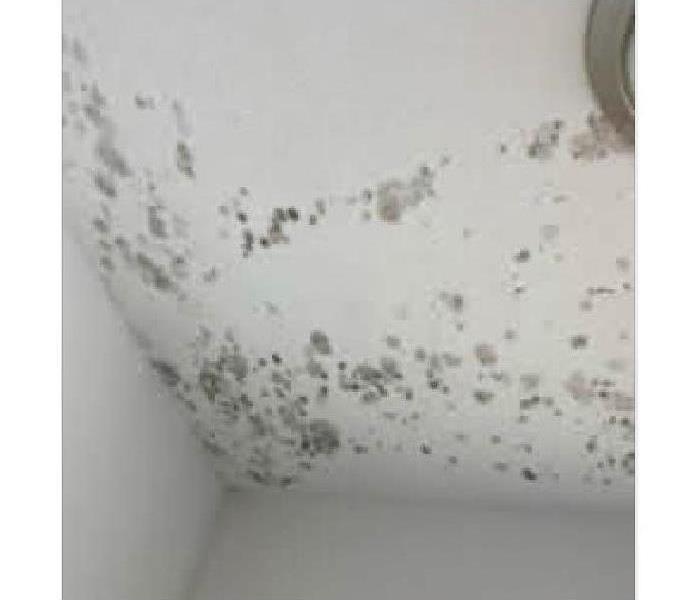Mold Can Suddenly Appear After a Flood on Your Commercial Property
7/19/2021 (Permalink)
Floodwaters from hurricanes, tropical storms, and too much rain are not the only source of water a property owner may fear in Serenada, TX. Broken pipes can also result in a torrential amount of water flowing through the building and causing a great deal of damage. No matter where the liquid comes from, extensive water damage can bring contaminated floodwater into your building and perhaps even close the property while restorations efforts are underway. With that in mind, it is important to realize that mold is almost always a serious consideration after any flood.
Why Should You Worry About Mold After a Flood?
When flooding water begins soaking into carpeting, walls, and furniture, mold can immediately begin its reproductive cycle. The minuscule mold spores that are scattered around the inside of nearly every building can quickly grow into a mold colony once water is introduced. As a matter of fact, mold growth can occur so quickly that:
- Within 24 hours, mold spores can begin taking root in the wet organic matter.
- Within 48 hours, a colony of thousands of individual mold units can develop.
- Within 72 hours, the mold colonies can be large enough to be seen by the naked eye and may contain hundreds of thousands of mold particles.
If water-soaked items are allowed to sit for more than 48 hours, it is almost certain the objects will begin to give off the tell-tale yeasty smell associated with mold. Within three or four days, irreparable mold contamination can typically occur in the water damage.
How Can You Best Fight Mold After a Flood?
When a flood occurs in a commercial building, the water damage is often very large and involves more than one room. For that reason, consider contacting a professional water restoration and removal team that can quickly get rid of the contaminated liquid before mold can begin growing. The team can also sanitize the area to begin mold prevention.



 24/7 Emergency Service
24/7 Emergency Service
